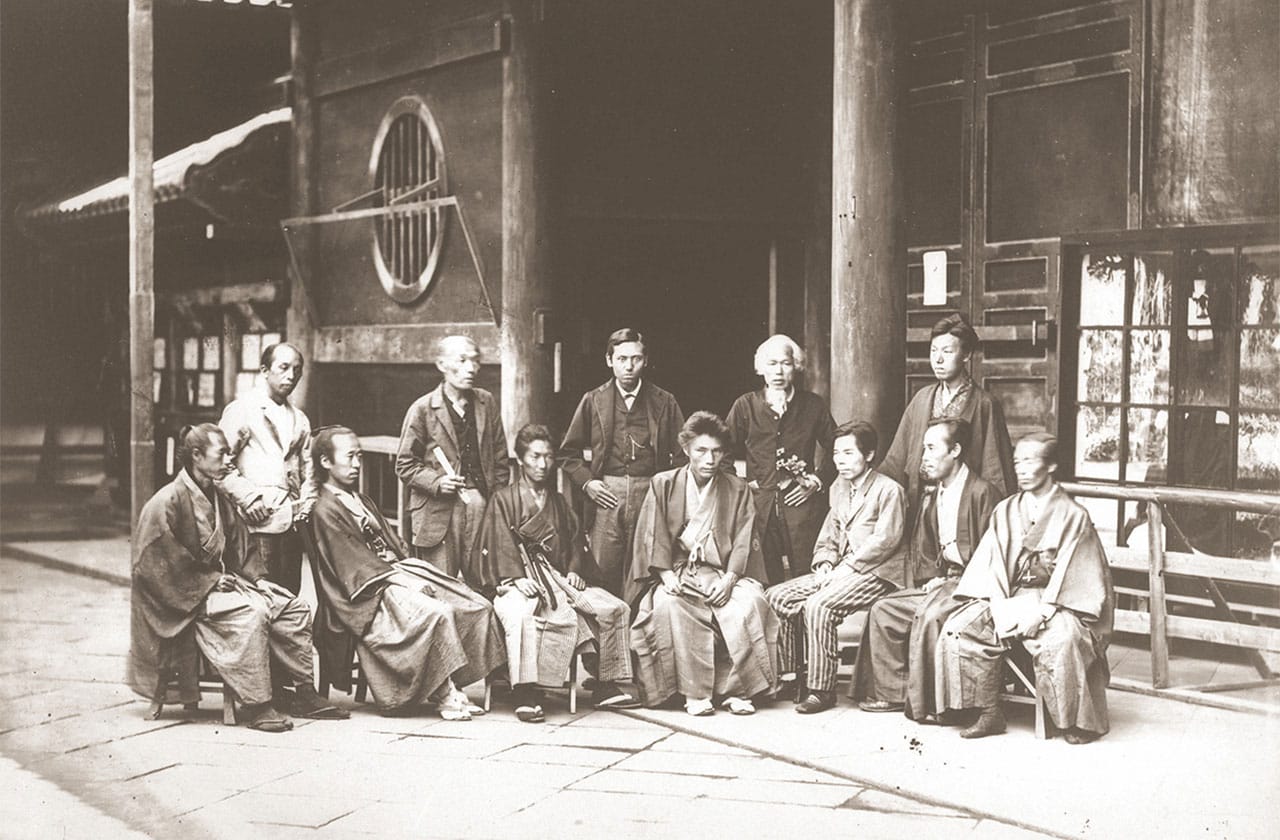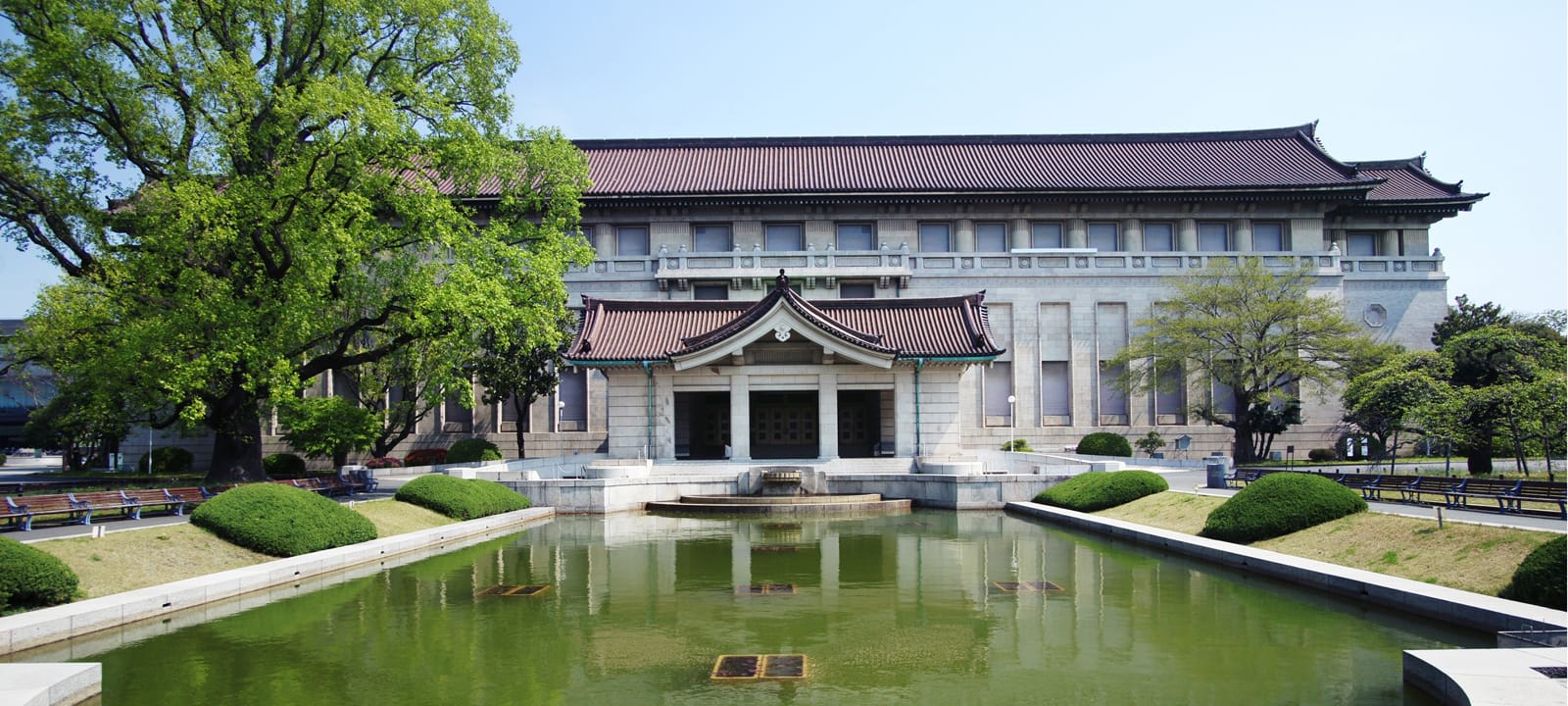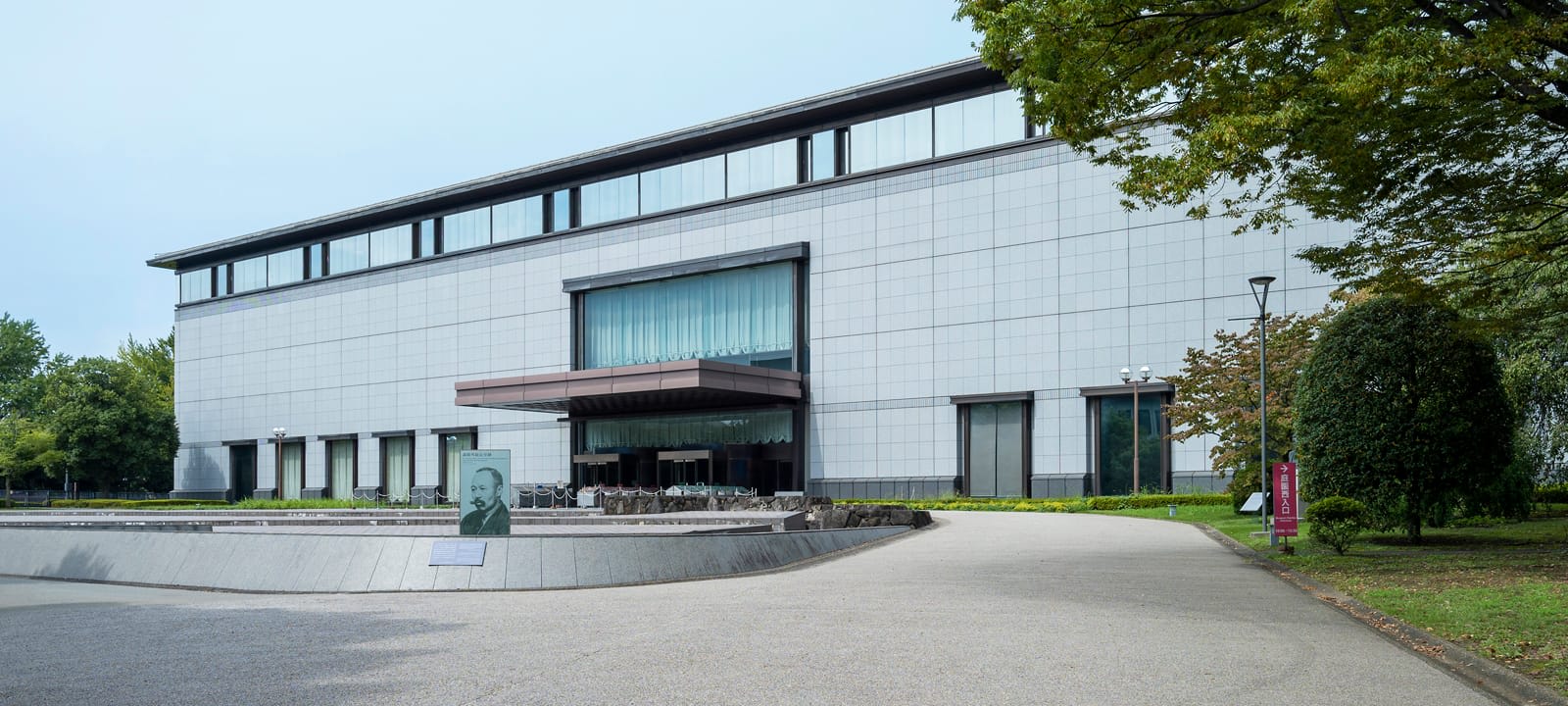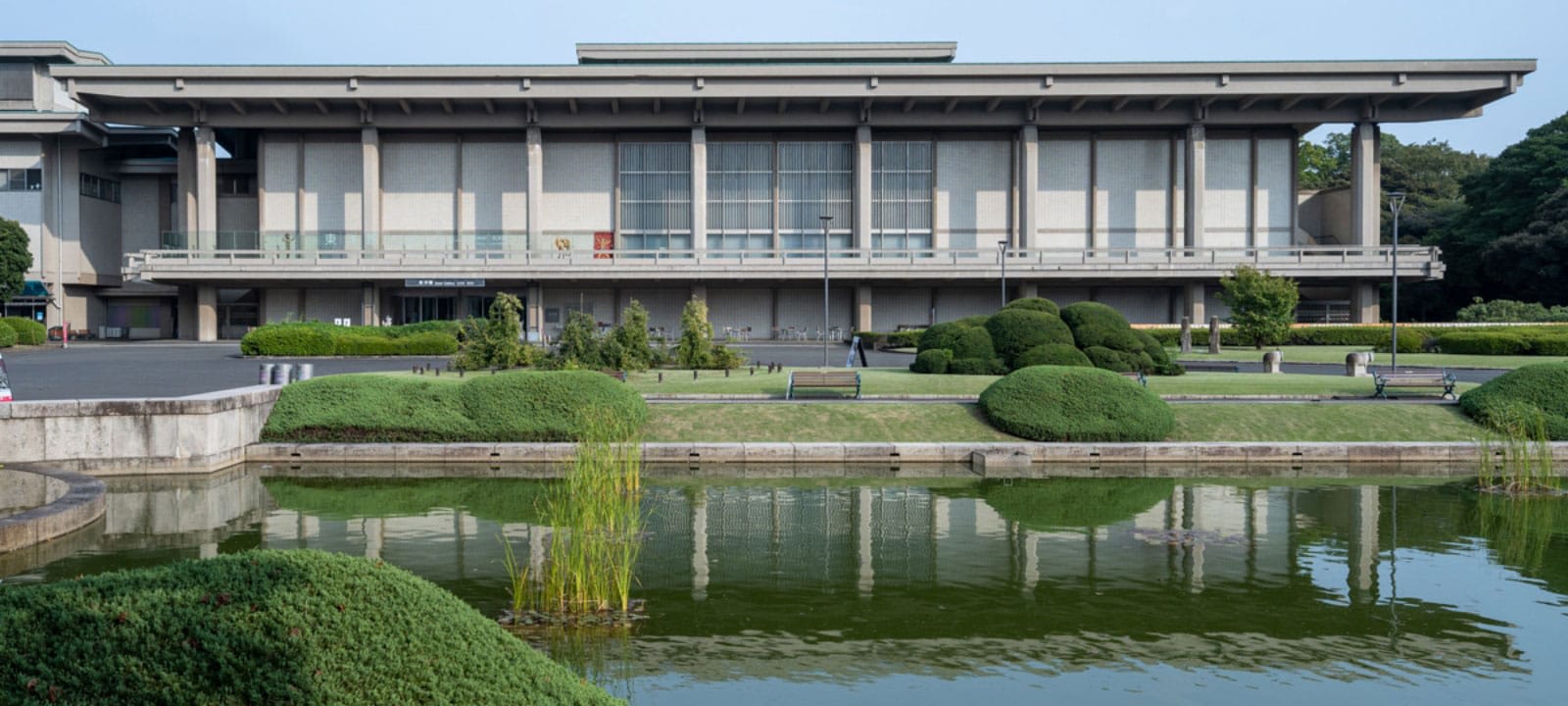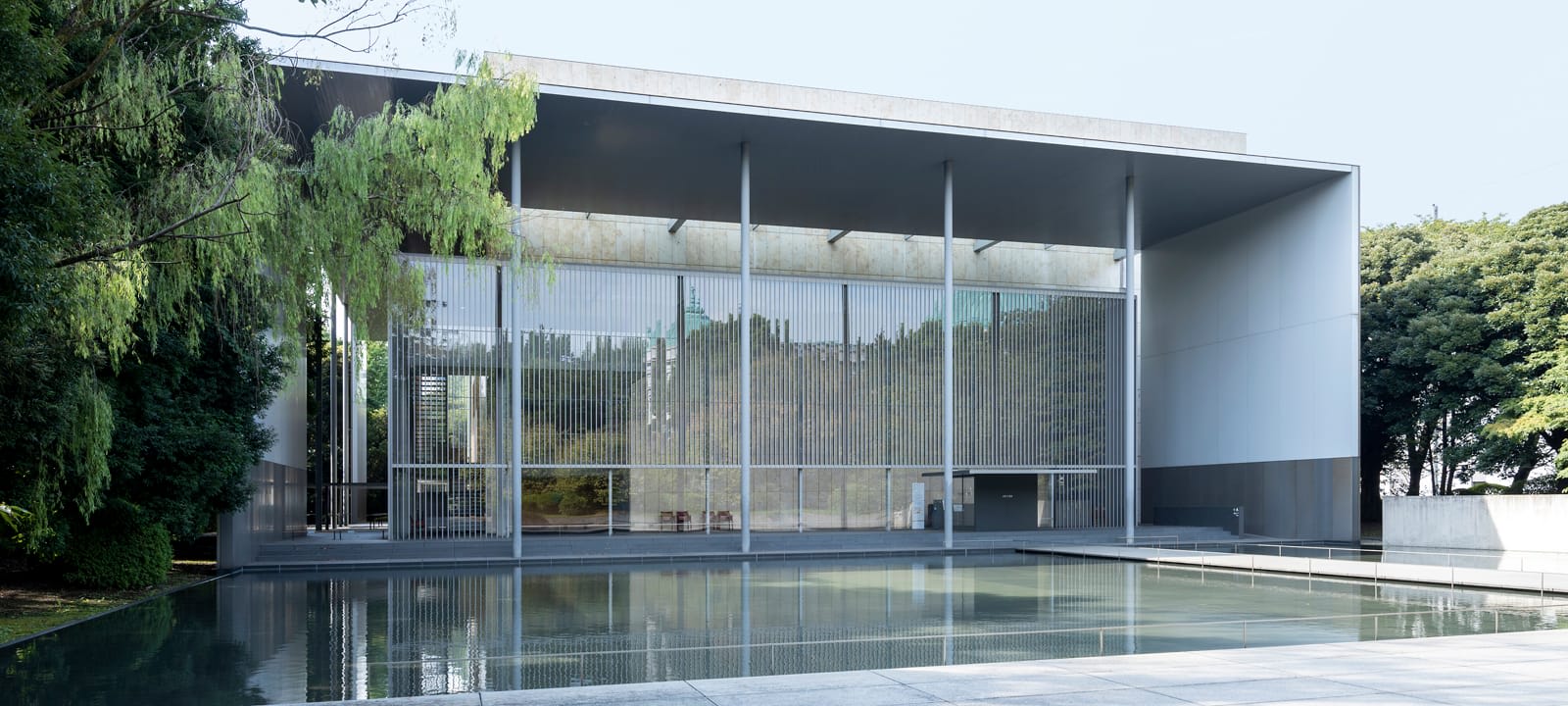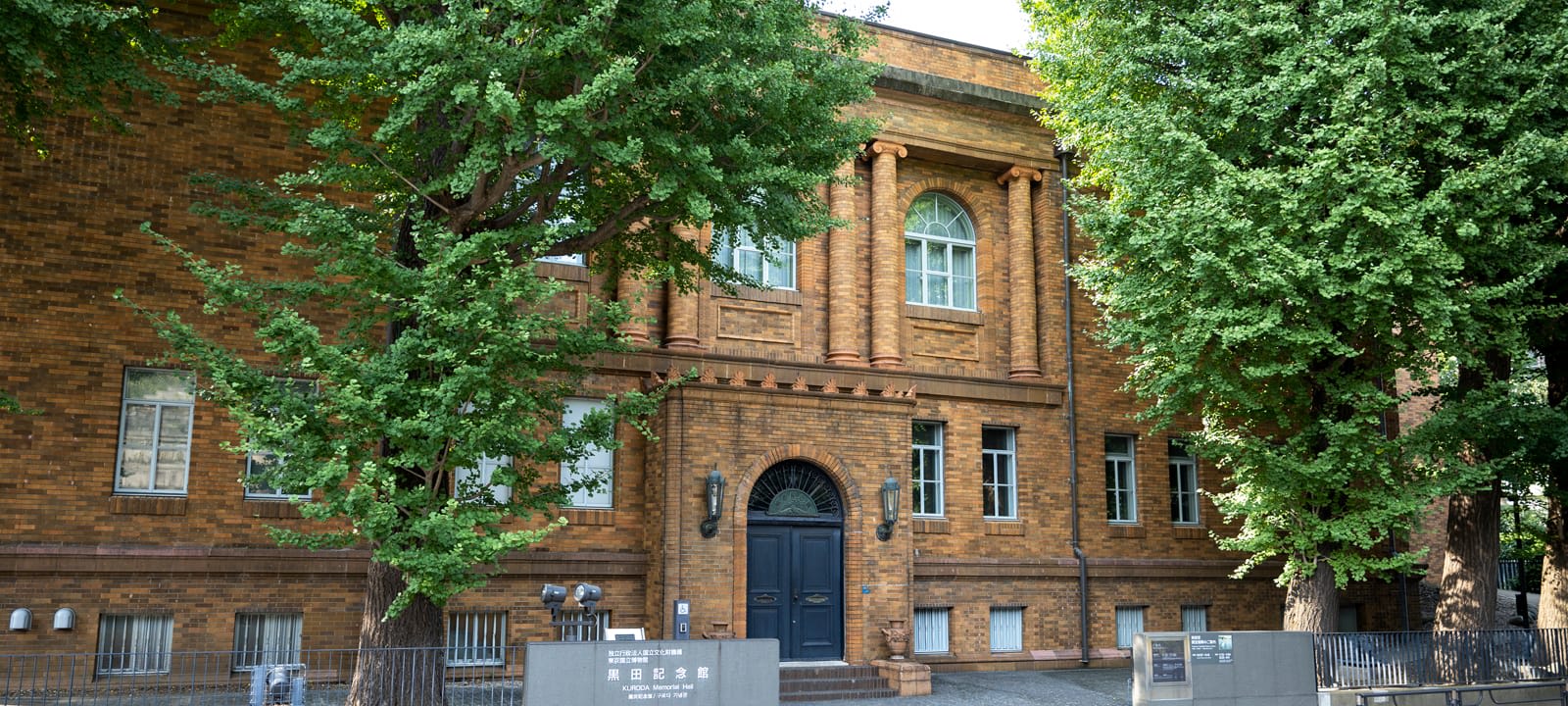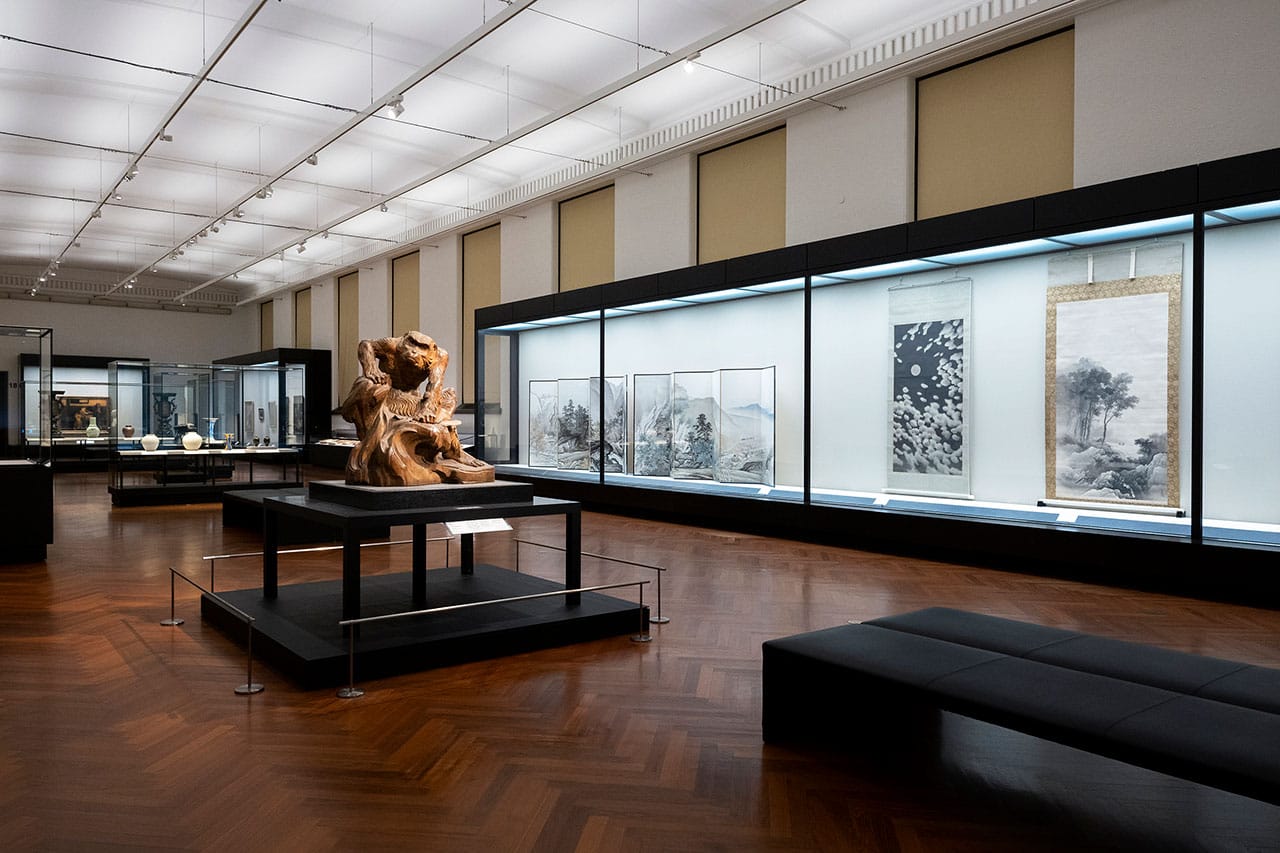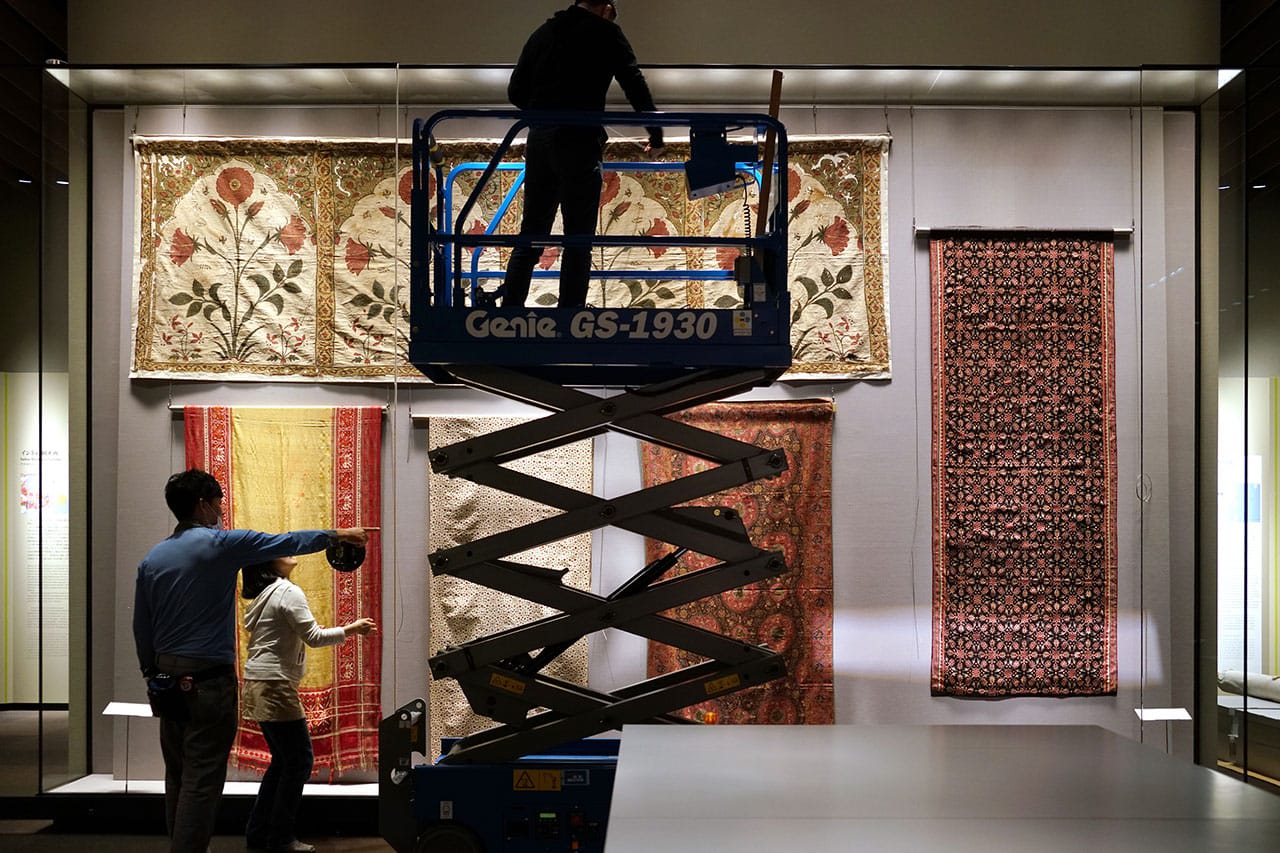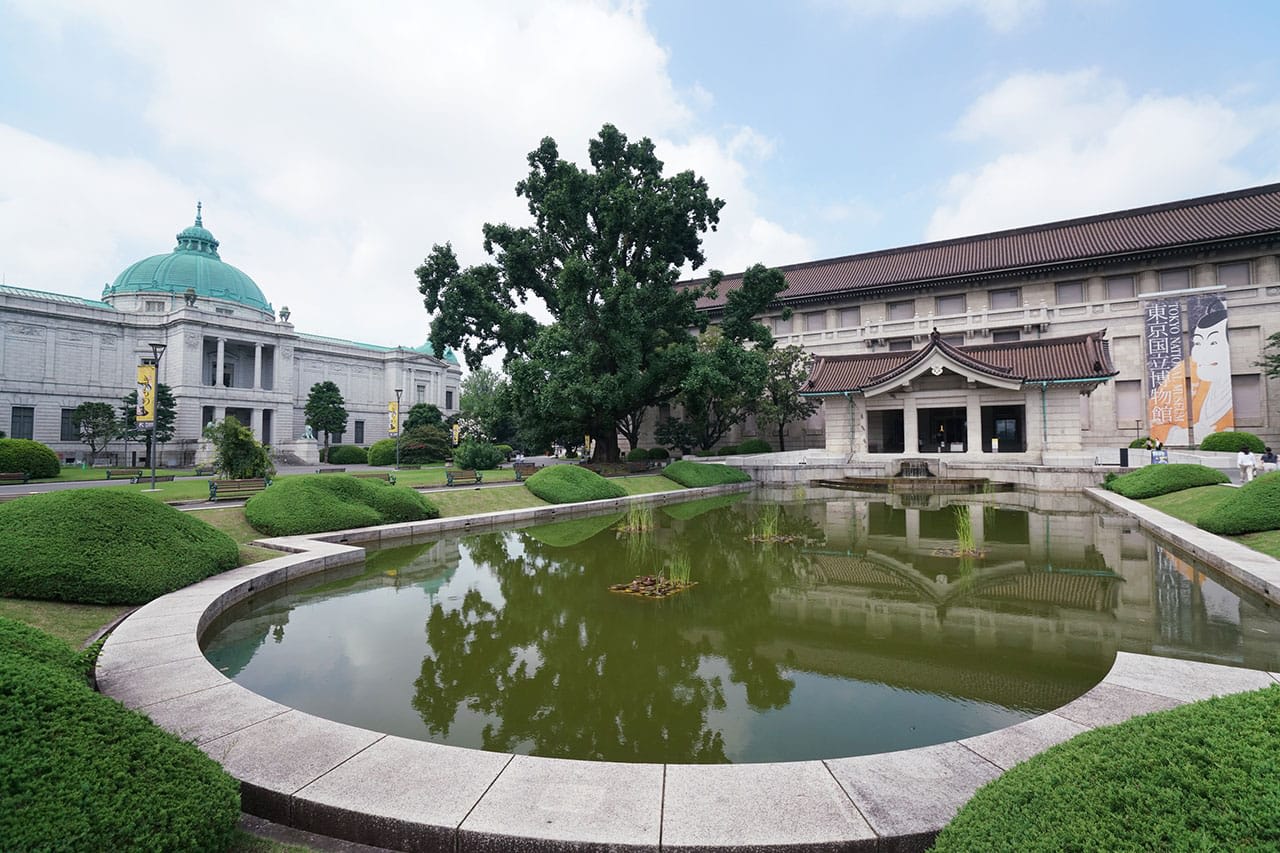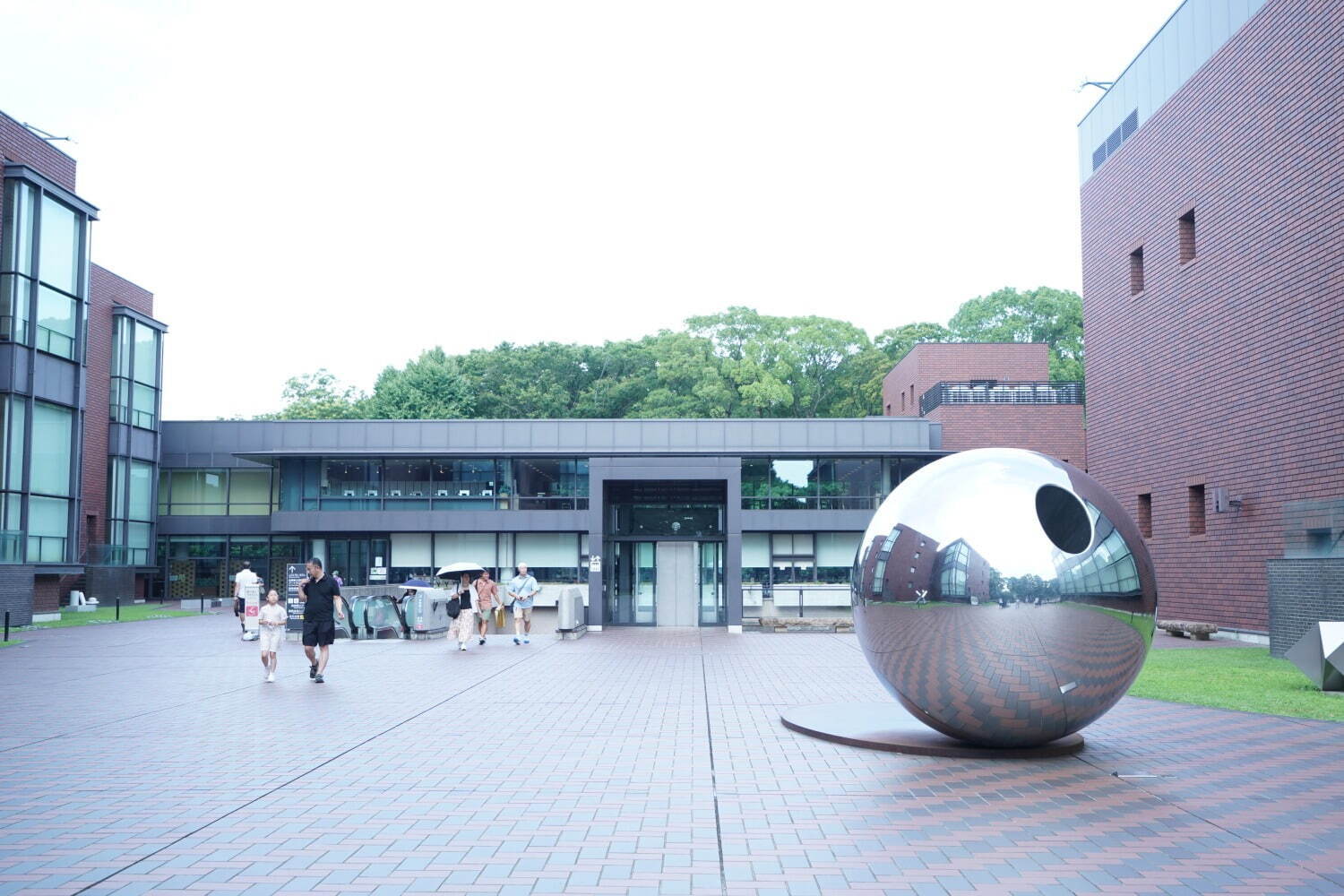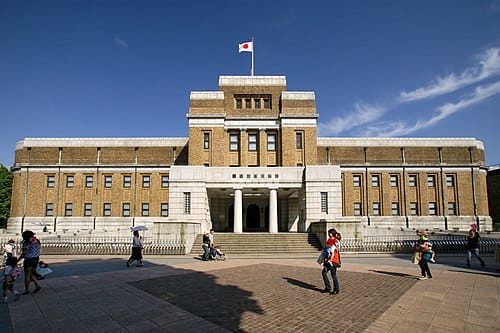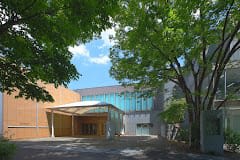Tokyo National Museum Guide 2025:Enjoy Ueno’s Inspiring Spot
Since moving to a neighborhood adjacent to Shinjuku in 2024, I've been visiting many cities in Tokyo including Ueno almost daily to explore its appeal and discover spots I can recommend to tourists. I updated this article in January 2025 to incorporate my findings from this research, along with the latest information for 2025.
Another reason for updating the article is the growing interest in tours that allow visitors to safely and deeply experience Ueno's nightlife. With countless izakaya (Japanese pubs) packed into Ueno, tourists visiting for the first time find it extremely difficult to discover the truly excellent spots beloved by locals.
This is why food tours led by knowledgeable local guides who know Ueno inside and out have been gaining popularity, as they take visitors through Ueno's maze of izakaya establishments.
In fact, Magical Trip's tour, which ranked #1 among all tours on Tripadvisor, has been receiving numerous applications.

If you want to experience truly local-favorite izakayas in Ueno, one of Tokyo's premier drinking districts, join the "All-You-Can-Drink Bar Hopping Tour in Ueno." Not only will you discover hidden gems that tourists rarely find, but you'll also experience the Japanese culture of "shime" (end-of-night ritual).
For those who love retro neighborhoods, we also recommend the "Yanaka Historical Walking Tour in Tokyo's Old Town," which takes you through Yanaka, Ueno's neighboring district, with a local guide. It's an efficient and immersive way to enjoy this deeply traditional and historic area of Yanaka.
We hope you'll have a wonderful time experiencing everything Ueno has to offer by joining a Magical Trip tour!
Introduction
Ueno is one of Tokyo's most popular tourist destinations. As a Shinkansen (bullet train) station and known as the "Northern Gateway," it offers excellent accessibility from other prefectures. Tourists appreciate how easy it is to use as a base for sightseeing.
Ueno features the landmark Ueno Onshi Park (Ueno Park), rich in natural beauty. While being in the heart of the city, this area allows visitors to experience both nature and culture, with its abundance of cultural facilities including a zoo and some of Japan's finest art museums and museums.
Additionally, the downtown area, which retains its historical townscape from around World War II, is popular among both tourists and locals, always buzzing with energy.
In this article, we'll introduce the Tokyo National Museum at Ueno to guide you through the artistic enjoyment of Ueno. We'll thoroughly cover the highlights of this top-tier Japanese museum.
The Tokyo National Museum is Japan's largest museum displaying Oriental art pieces and archaeological artifacts
The Tokyo National Museum, established in 1872, is Japan's oldest museum. Throughout its 150-plus year history, it has accumulated approximately 120,000 items, including 89 National Treasures and 649 Important Cultural Properties. The museum specializes in precious art pieces, historical documents, and archaeological artifacts from Japan and other Asian countries.
Spanning over 10,000 square meters, the vast grounds house six exhibition buildings, continuously hosting the "Comprehensive Cultural Exhibition" comprised of both owned and deposited collections. Many of the buildings are designated as Important Cultural Properties, making even a casual stroll around the grounds enjoyable while admiring the architecture.
The Tokyo National Museum originated from an exhibition held at Yushima Seido Taiseiden in 1872
Source: Official website
The Tokyo National Museum's origins can be traced back to Japan's first exhibition held at Yushima Seido Taiseiden in Tokyo in 1872. The exhibition items were collected by the government as part of their plan to establish a museum, reportedly displaying about 620 pieces including archaeological artifacts, furnishings, armor (kacchu), swords (token), antiques, and specimens of flora and fauna. The eclectic nature of these displays truly represents the original vision of what would become today's Tokyo National Museum at Ueno.
The Tokyo National Museum at Ueno Has Six Buildings
The museum grounds house six exhibition buildings: the Honkan (Main Building), Heiseikan, Toyokan (Asian Gallery), Horyuji Homotsukan (Gallery of Horyuji Treasures), Hyokeikan, and Kuroda Memorial Hall (Kuroda Kinenkan). The complex also includes a research and information center, gardens, and tea ceremony rooms. Visitors can encounter numerous historical and culturally significant art and craft pieces from both Japan and abroad.
The Honkan showcases Japanese art, the Heiseikan features Japanese archaeology, the Toyokan displays Asian art, and the Gallery of Horyuji Treasures exhibits treasures donated by Horyuji Temple (one of Japan's most prestigious temples with a 1,300-year history). The Hyokeikan hosts special exhibitions reflecting contemporary themes, while the Kuroda Memorial Hall displays works by the renowned Japanese Western-style painter Kuroda Seiki.
Honkan (Japanese Art)
Source: Official website
The Honkan, built in the "Teikan-yoshiki" (Imperial Crown Style) with its distinctive tiled roof atop concrete architecture, is itself designated as an Important Cultural Property. The grand staircase in the open-ceiling entrance, considered the building's "face," and its interior decorations are particularly impressive.
I recommend starting your visit from the second floor's "The Flow of Japanese Art" exhibition. It chronologically displays Japan's artistic heritage from over 10,000 years ago to the late 19th century.
Visitors can observe how artifacts drastically changed before and after the introduction of Buddhist culture. The exhibition features samurai armor and swords from the Warring States period, costumes from traditional Noh and Kabuki theater, and ukiyo-e (popular genre paintings from the 1600s-1800s). A key highlight is experiencing these iconic elements of Japanese culture all in one place.
Heiseikan (Japanese Archaeology & Special Exhibitions)
Source: Official website
The Heiseikan is renowned for its specialized Japanese archaeology exhibitions. It's internally connected to the Honkan, allowing direct access between the buildings.
The first-floor archaeology exhibition room is divided into 12 areas, offering visitors a journey through history from humanity's first tool-making period to the 19th century.
The exhibition includes numerous dogū (clay figurines used in rituals and ceremonies), dotaku (bronze bells), and haniwa (burial sculptures with deep connections to ancestral spirits). The content is engaging for both archaeology enthusiasts and beginners.
There's also an interactive corner where visitors can touch dogū and ring dotaku bells, making it enjoyable for families with children.
Gallery of Asian Art
Source: Official website
The Gallery of Asian Art at the Tokyo National Museum at Ueno showcases art, crafts, and archaeological artifacts from China, the Korean Peninsula, Southeast Asia, India, and Egypt. The Chinese Buddhist statues and Indian Gandhara sculptures are particularly impressive.
While Chinese Buddhist statues give off a peaceful and gentle impression, Gandhara Buddha statues, influenced by Greek sculpture, feature deep-set features and realistic details, notably their beautiful appearances. Many visitors come specifically to appreciate these contrasting expressions in Buddhist statuary.
The gallery also extensively presents special exhibitions that offer deeper insights into various fields, including beautiful Chinese ceramics, textiles, and lacquerware. Before visiting, please check the museum's website for current exhibitions.
Horyuji Treasures Gallery
Source: Official website
The Horyuji Treasures Gallery at the Tokyo National Museum at Ueno displays gilt bronze Buddha statues (kondobutsu), Gigaku masks (gigakumen, masks used in ancient Japanese masked dance-drama), and Buddhist paintings that were donated to the Imperial Family from Horyuji Temple in Nara in 1878.
Horyuji Temple was established approximately 1,400 years ago in Nara Prefecture. This was during a time when the imperial court's authority, centered around the emperor, was just beginning to spread nationwide, and nation-building efforts were commencing alongside the newly introduced Buddhism.
This gallery, along with the Shosoin Repository (shosoin) in Nara, is renowned as a treasury of ancient Japanese culture. While the Shosoin treasures primarily feature 8th-century works, the Horyuji Treasures Gallery is distinguished by its numerous artifacts from the even earlier 7th century.
Kuroda Memorial Hall (Works of Western-style Painter Kuroda Seiki)
Source: Official website
This is a memorial hall dedicated to Kuroda Seiki, known as the father of modern Western-style painting in Japan, who greatly influenced the Japanese art world. His works and sketches can be viewed free of charge at the Tokyo National Museum at Ueno.
His masterpiece "Lakeside" (kohan) is so renowned that it appears in every Japanese art history textbook.
The building itself is also remarkable and can be considered a work of art including its space. Its features include an exterior using scratch tiles (popular at the time), Art Nouveau (art nouveau) decorated staircases, and Greek-style Ionic columns (Ionic style) - all creating photo-worthy beauty.
Highlights of the Tokyo National Museum at Ueno! Three Key Attractions of Japan's Largest Art Museum
Approximately 120,000 Artifacts Carefully Preserved for Over 150 Years
Source: Official website
The Tokyo National Museum at Ueno is one of Japan's premier museums, housing an extensive collection of historical art pieces and archaeological artifacts across various fields. Beyond Japanese history, the collection includes stone tools and pottery that help unravel human history, with numerous exhibits showcasing their evolution. The collection even includes an authentic ancient Egyptian mummy (circa 945-730 BCE), donated by the Egyptian Antiquities Authority, which is carefully preserved. While not on permanent display, it makes periodic appearances.
Each exhibit piece has its own story, shaped by religious, political, and cultural influences throughout history. This makes the museum engaging even for visitors unfamiliar with specific fields, as they can connect with the individual stories behind each artifact.
Around 300 Exhibition Changes Annually
Source: Official website
The ongoing "Regular Exhibition" features weekly display changes in various galleries, totaling approximately 300 changes per year. This frequent rotation attracts many repeat visitors eager to see new exhibits. For tourists, checking the museum's website beforehand is recommended. You can either focus on specific genres based on each gallery's characteristics or tour all buildings to appreciate their architecture.
The Museum Buildings: Designated Important Cultural Properties
Source: Official website
The Tokyo National Museum's buildings, led by the Main Building, are registered as Important Cultural Properties and are popular among architecture enthusiasts. In 1923, the design was developed around the theme of "Japanese taste with Oriental style" to commemorate Emperor Showa's ascension to the throne. The museum complex features remarkable architecture from different eras, spanning from the 1600s to the 2000s. Each building's design reflects the history and zeitgeist of its period.
The museum's garden, which shows different faces with each season, creates a comfortable space perfect for a leisurely day of exploration.
Access and Basic Information for Tokyo National Museum
Address: 13-9 Ueno Park, Taito-ku, Tokyo
Hours:
- Regular hours: 9:30-17:00 (Last entry at 16:30)
- Extended hours on Fridays, Saturdays, and November 3 (Sunday/Holiday): Open until 20:00 (Last entry at 19:30)
Closed:
- Mondays (If Monday falls on a public holiday, the museum will be open and close the following weekday instead)
* Additional temporary closures and special opening days may apply
Phone: 050-5541-8600
Official Website: https://www.tnm.jp/
Besides the Tokyo National Museum at Ueno, There Are Many Attractive Museums and Art Galleries in Ueno Park
TOKYO METROPOLITAN ART MUSEUM
Source: FASHION PRESS
The "Tokyo Metropolitan Art Museum" (commonly known as "Tobikan") is one of Japan's leading art museums, celebrating its 100th anniversary in 2026. Like its neighbor, the Tokyo National Museum at Ueno, it consistently hosts noteworthy exhibitions featuring masterpieces from both Japan and worldwide.
The special exhibitions of renowned artists, such as Okamoto Taro, who represents 20th-century art, and French artist Henri Matisse, attract large crowds daily. Personally, I always make sure to check their special exhibitions as they often feature interesting collections.
- Address: 8-36 Ueno Park, Taito-ku, Tokyo
- Hours: 9:30 AM - 5:30 PM (Last entry at 5:00 PM)
- Closed: 1st and 3rd Mondays (If Monday is a holiday, closed the following day) *May have additional closures during New Year's and for maintenance
- Phone: 03-3823-6921
- Official Website: https://www.tobikan.jp/
National Museum of Nature and Science
Source: Wikipedia
The "National Museum of Nature and Science" is Japan's only comprehensive national science museum. The museum houses over 4.9 million specimens and materials, including animals, plants, fungi, minerals, fossils, human bones, and scientific and technological historical materials.
Of these, approximately 25,000 items are on permanent display. Both adults and children become captivated by the various exhibits, ranging from dinosaurs to the latest space technology. Photography is permitted in some areas of the museum (flash photography prohibited), so feel free to bring your camera along.
- Address: 7-20 Ueno Park, Taito-ku, Tokyo
- Hours: 9:00 AM - 5:00 PM (Last entry at 4:30 PM)
- Closed: Mondays (If Monday is a holiday, closed the following Tuesday)
- Phone: 050-5541-8600
- Official Website: https://www.kahaku.go.jp/
The Ueno Royal Museum
Source: Google Maps
When it comes to distinctive museums in Ueno, "The Ueno Royal Museum" stands out. Located in the same cultural district as the prestigious Tokyo National Museum at Ueno, this museum is known for its extensive collection of woodblock prints depicting local Ueno scenes. The collection spans from ukiyo-e prints from the 1700s-1800s to early 1900s works that followed the ukiyo-e tradition.
The museum always excites visitors with its diverse exhibitions, ranging from major international shows to ukiyo-e exhibitions and manga displays, incorporating elements of subculture. Currently, the museum is closed for renovation until February 12, 2025.
Address: 1-2 Ueno Park, Taito-ku, Tokyo
Hours: 10:00-17:00 (Last entry at 16:30)
Closed: Irregular (varies by exhibition)
Phone: 03-3833-4191
Official Website: https://www.ueno-mori.org/
The National Museum of Western Art
Source: Official website
The National Museum of Western Art specializes in Western art and complements the diverse cultural offerings near the Tokyo National Museum at Ueno. The museum's core collection is the Matsukata Collection (an art collection assembled in the early 1900s by Japanese businessman Kojiro Matsukata, specifically referring to the French art collection featuring Impressionist paintings and Rodin sculptures), which was returned as a donation from the French government.
The museum houses Western paintings, sculptures, prints, and drawings primarily from the Renaissance to the mid-20th century, featuring masterpieces by renowned artists such as Pierre-Auguste Renoir and Pablo Picasso. It's highly recommended for those seeking a classical art appreciation experience.
Address: 7-7 Ueno Park, Taito-ku, Tokyo
Hours: 9:30-17:30 (Last entry at 17:00)
Extended hours on Fridays and Saturdays: 9:30-20:00 (Last entry at 19:30)
Closed: Mondays (if Monday is a holiday, the museum will be closed the following weekday), December 28-January 1
*Special opening and closing days may apply
Phone: 050-5541-8600
Official Website: https://www.nmwa.go.jp/jp/

